The Yes Album by Yes
Buy The Yes Album There are certain albums that have undoubtedly broken through to establish new rules of rock n’ roll and are, therefore immortally classics. Then there are some albums that seem […]
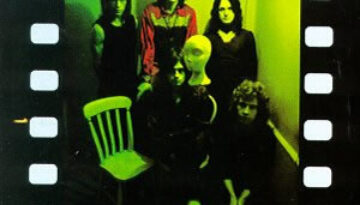
Buy The Yes Album There are certain albums that have undoubtedly broken through to establish new rules of rock n’ roll and are, therefore immortally classics. Then there are some albums that seem […]

Buy The Works The Works was sort of a comeback album by Queen in 1984. We say “sort of” because the group never really went away, they just faced a major commercial flop […]
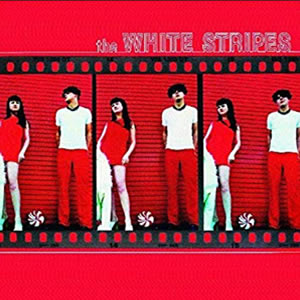
Buy The White Stripes The self-titled 1999 debut by the Michigan based debut, The White Stripes was at once a nod back to the American blues from the century about to end and […]
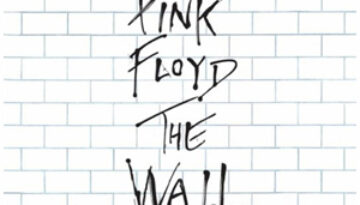
Buy The Wall The Wall was the most ambitious album of a long and storied career filled with ambitious projects by Pink Floyd. This double-length concept album was composed by vocalist and bassist […]

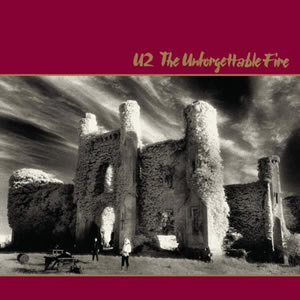
Buy The Unforgettable Fire U2 decided to take a bit of a turn following their initial mainstream success. They brought in producers Brian Eno and Daniel Lanois to forge the ambient sound of […]

Buy The Stranger There is a bit of irony in The Stranger being our selection as Album of the Year for 1977. Don’t get me wrong, this is a great album by Billy Joel. […]
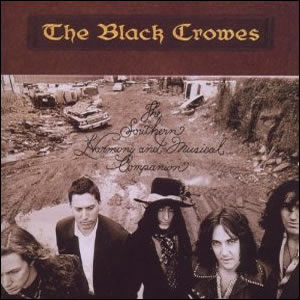
Buy The Southern Harmony & Musical Companion With the follow-up to their blockbuster 1990 debut, The Black Crowes took a more rootsy and soulful approach with The Southern Harmony & Musical Companion. That […]
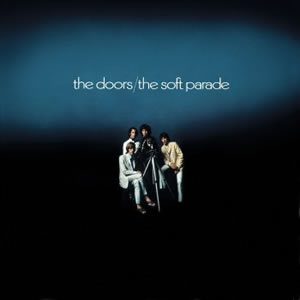
Buy The Soft Parade 1969 was a tumultuous year for the The Doors. The main incident which caused their collective headache happened in Miami in March when vocalist Jim Morrison was arrested for […]
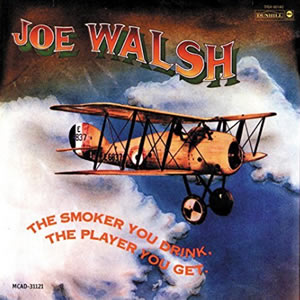
Buy The Smoker You Drink, the Player You Get The second of two albums featuring singer-songwriter and multi-instrumentalist Joe Walsh with his backup group Barnstorm, The Smoker You Drink, the Player You Get […]